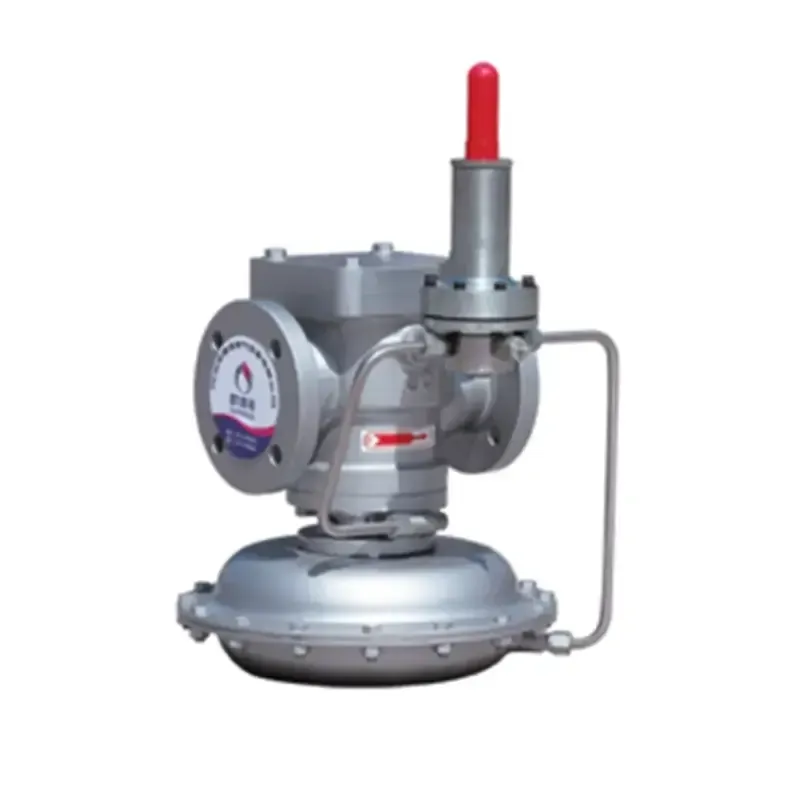
Nov . 07, 2024 10:05
Back to list
pressure vessel
Understanding Pressure Vessels Essential Components of Industrial Safety
Pressure vessels are complex engineering structures designed to hold gases or liquids at a pressure significantly different from the ambient pressure. These vessels play a crucial role in various industries, including oil and gas, chemical manufacturing, power generation, and food processing. Their purpose and design principles are fundamental for ensuring safety, efficiency, and compliance with regulatory standards.
The primary function of a pressure vessel is to contain substances that are either under high pressure or at high temperatures, which makes it essential for them to be built with robust materials. Common materials used for pressure vessels include carbon steel, stainless steel, and aluminum, each selected based on the specific requirements of the application, such as corrosion resistance and strength.
One of the essential considerations in the design of a pressure vessel is to prevent catastrophic failures, which can have devastating consequences. Engineers employ various design codes and standards, such as the American Society of Mechanical Engineers (ASME) Boiler and Pressure Vessel Code, to ensure that vessels are built to withstand the intended service conditions. These codes dictate factors such as design pressure, material thickness, and inspection procedures to ensure structural integrity.
pressure vessel

Safety measures extend beyond the design phase. Regular inspections, maintenance, and testing are critical to detecting potential issues before they escalate. Non-destructive testing (NDT) methods, such as ultrasonic and radiographic testing, are commonly used to identify flaws in the vessel's structure that might compromise its safety. Additionally, pressure relief valves are integral components of pressure vessels, designed to release excess pressure and prevent over-pressurization, thereby safeguarding both the vessel and its operational environment.
Pressure vessels are categorized based on different criteria, including design pressure, temperature, and application. Common types include storage tanks, reactors, and heat exchangers. Each type has specific design considerations tailored to its use case. For instance, storage tanks are typically designed for bulk storage, whereas reactors are built to accommodate chemical reactions under controlled pressure and temperature conditions.
In recent years, the advent of new materials and manufacturing techniques, such as composite materials and additive manufacturing, has opened new avenues for pressure vessel design. These innovations promise to enhance safety, reduce weight, and improve thermal efficiency, driving the industry forward in its quest for safer and more efficient storage and transport of high-pressure substances.
In conclusion, pressure vessels are indispensable in various industrial applications, embodying the principles of safety and efficiency in their design and operation. Ongoing advancements in materials and technology continue to enhance their reliability, underscoring the importance of rigorous standards and practices in maintaining the integrity of these critical structures. As industries continue to evolve, so too will the methods employed to ensure the safety and efficiency of pressure vessels, ensuring that they meet the demands of modern engineering challenges.
Latest news
-
Safety Valve Spring-Loaded Design Overpressure ProtectionNewsJul.25,2025
-
Precision Voltage Regulator AC5 Accuracy Grade PerformanceNewsJul.25,2025
-
Natural Gas Pressure Regulating Skid Industrial Pipeline ApplicationsNewsJul.25,2025
-
Natural Gas Filter Stainless Steel Mesh Element DesignNewsJul.25,2025
-
Gas Pressure Regulator Valve Direct-Acting Spring-Loaded DesignNewsJul.25,2025
-
Decompression Equipment Multi-Stage Heat Exchange System DesignNewsJul.25,2025

